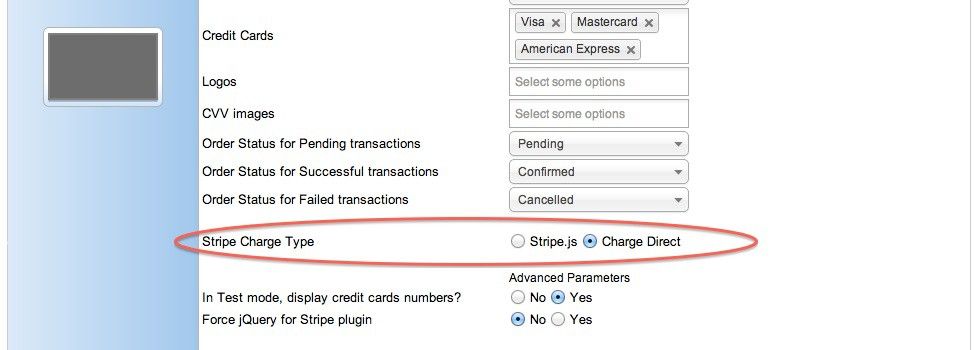
There’s a much easier way that we actually use to catch first-time failed payments for customers of our users at It would also be difficult to determine whether the event was the first instance of a failed payment or not. While we could use some combination of charge.failed or invoice.payment_failed events to find failed payments for subscriptions, information on the subscription itself is not directly contained in these events.


It's these subtle but important differences that can lead to mistakes when working with Stripe’s API.įor the goal of this guide, let’s say that we want to set up a webhook handler to email a customer whenever their subscription's payment fails for the first time. Likewise, a Charge can be created through the Stripe API or Dashboard without necessarily having a related invoice. These invoices usually result in a charge object if an attempt at a payment is made, but not always (for example, if a subscription is set to email invoices to a customer rather than charge automatically). Well, Charges are any attempt to receive a payment from a customer’s credit or debit card, whereas Invoices are statements of amounts owed by a customer.Īn Invoice is created every time a customer purchases a product through Stripe, and if a customer has a subscription, every time a payment is due for that subscription. For example, what's the difference between charge.failed and invoice.payment_failed? Let's start by looking at Stripe's list of webhook events here:Īs you can see, the list is quite long and it’s easy to get lost in the terminology. The great thing about Stripe webhooks is that you get to configure where the POST request gets sent (the endpoint), and which events Stripe will send a webhook for. With Stripe, this event can be the creation of a new customer, change in a subscription plan, or a failed payment. Put simply, a webhook is an HTTP POST request triggered by an event.
STRIPE WEBOOK FOR CHARGE SUBMITTED CODE
You can find all of the code posted here at: Write code to handle the webhook POST request to automatically email a customer the first time their subscription payment fails

If you prefer to use another backend such as Django or Ruby, the instructions below can still apply, but should be translated for your chosen framework.īy the time you're done with this guide, you should be able to:Ĭonfigure your Stripe account to send specific webhook events to an endpoint of your choice This post assumes that you have both a working Stripe account and enough technical knowledge to set up a backend server that can receive POST requests, preferably using Node.js and Express. We use failed subscription payments in our example, but the methods can be extrapolated for any kind of Stripe events.
STRIPE WEBOOK FOR CHARGE SUBMITTED HOW TO
This tutorial is for developers and technical business owners who want to learn how to use Stripe webhooks to detect and respond to Stripe events in real-time.


 0 kommentar(er)
0 kommentar(er)
